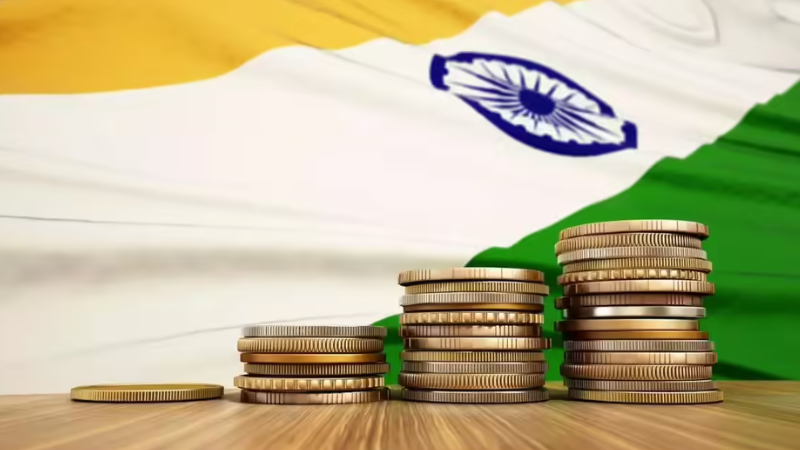India’s macroeconomic landscape took a decisive turn in June as retail inflation dropped to its lowest level in six years, prompting renewed expectations of an interest rate cut by the Reserve Bank of India. The Consumer Price Index fell sharply due to a combination of declining food prices, steady fuel rates, and base effect advantages. With July expected to bring an even deeper cooling in inflation, analysts are revisiting their forecasts for monetary policy and consumer demand trends.
The latest inflation reading came in below 4 percent, comfortably within the RBI’s target band and significantly lower than the 5 percent range observed earlier this year. Core inflation also softened, indicating that price stability is now more widespread and not confined to volatile segments. This unexpected deceleration has caught the attention of market participants who had been bracing for prolonged high interest rates, especially after the U.S. Federal Reserve signaled a hawkish pause on its own tightening cycle.
For the Indian economy, the implications of this trend are multi-layered. On one hand, softer inflation opens the door for the RBI to consider rate reductions in the second half of the fiscal year. Such a move would ease borrowing costs for businesses and consumers alike, providing relief to interest-sensitive sectors such as real estate, automobiles, and infrastructure. On the other hand, the inflation slowdown also points to potential weaknesses in domestic consumption. Analysts have flagged the risk that subdued price levels might be tied to declining rural demand and hesitancy in household spending, especially among lower-income groups.
In the foreign exchange markets, the shift in inflation trajectories between India and the United States is already having a visible impact. The premium on dollar-rupee forward contracts has dropped below 2 percent, marking a significant decline from earlier levels. This narrowing spread reflects the market’s expectation that India’s monetary policy could soon diverge from the U.S., with India leaning towards easing while the Fed holds steady or tightens further. For exporters and hedgers, this changing dynamic could alter hedging strategies and cross-border pricing models.
Economists suggest that if inflation remains on a downward path through August, the RBI may introduce a modest rate cut by its September meeting. This would mark the first rate action since the central bank paused its tightening cycle earlier this year. However, much will depend on monsoon performance, global crude oil prices, and geopolitical developments that could reintroduce price volatility.
For investors and business leaders, the current environment calls for careful recalibration. While falling inflation supports credit growth and boosts equity valuations, it also demands vigilance around consumption indicators and fiscal policy signals. Companies in fast-moving consumer goods, retail, and housing sectors could gain from softer interest rates, but only if consumer confidence and spending momentum recover in tandem.
India’s economic engine remains on track, but the recent inflation trend is a strong reminder that macro conditions can shift quickly. The coming months will test the central bank’s ability to balance inflation management with growth revival, especially as global uncertainties continue to shape capital flows and demand cycles. The country now stands at an inflection point where prudent policy action could reinforce stability while unlocking new growth avenues.

